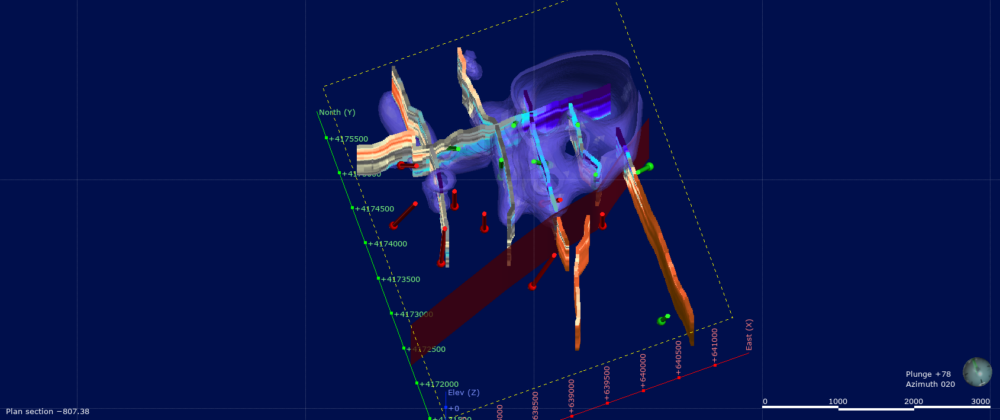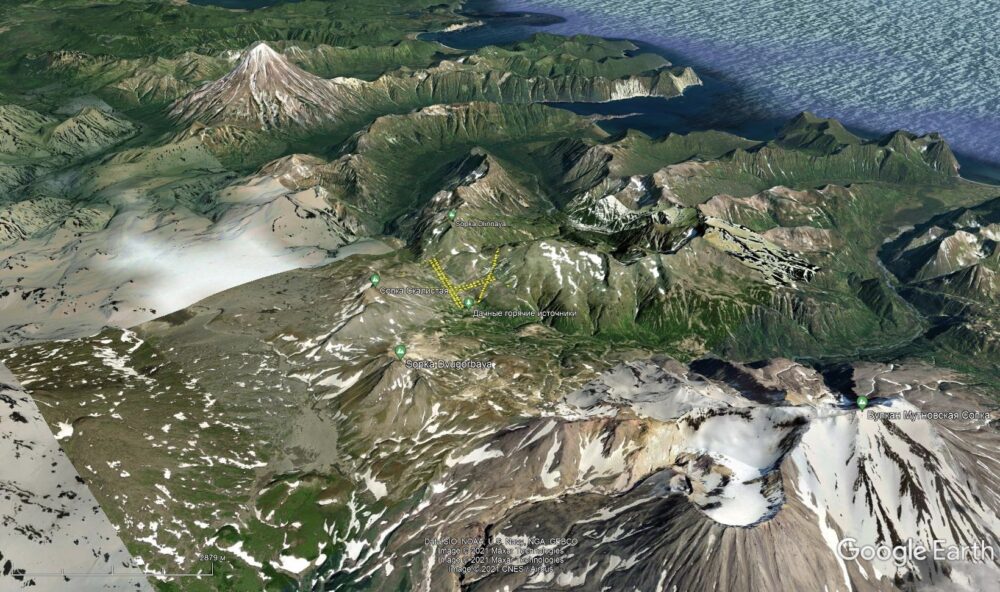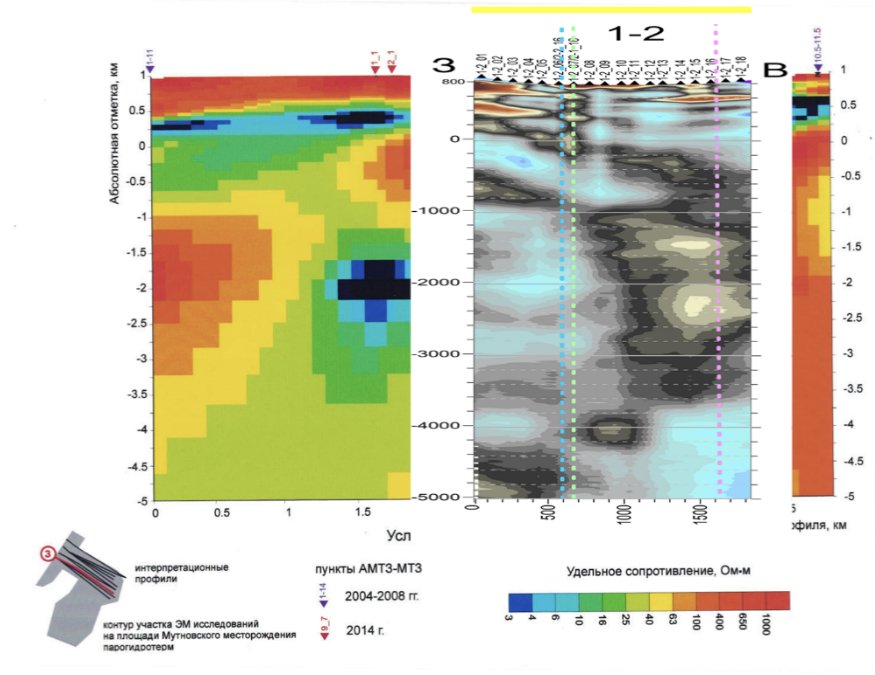Geothermal Site, Taiyuan, China, 2024
Microseismic Sounding Method Tested in Taiyuan
A recent study in Taiyuan, China, tested the Microseismic Sounding (MMS) Method to assess limestone permeability for geothermal exploration. Conducted by Terravox Global Limited and Sinopec Green Energy (SGE), the experiment aimed to map subsurface structures using seismic shear wave velocities.
Key Findings
- Fault Zone Detection: MMS successfully identified a buried fault zone, confirming its ability to detect deep geological structures.
- Porosity Correlation: Areas with lower seismic velocities matched higher porosity zones, validating the method’s effectiveness.
- Unexpected Productivity Results: Contrary to expectations, wells in high-porosity zones showed lower productivity, suggesting complex geological factors at play.
Conclusion
MMS proved valuable for fault and porosity mapping, but the unexpected porosity-productivity relationship calls for further investigation. This study enhances geothermal exploration methods, reducing drilling risks and improving resource assessments.

Innovative Geothermal Exploration in Iceland’s Hoffell Region Using Advanced Terravox GEMS Technology
Geothermal energy exploration is gaining momentum in Iceland as the country seeks more sustainable energy solutions. A recent project in Hoffell, Iceland, demonstrates the potential of advanced geophysical methods to uncover geothermal resources in challenging environments.
Unveiling the Potential of Hoffell
Located in Iceland, Hoffell was chosen as a test site for a groundbreaking geothermal exploration project due to its unique geological features. The site, known for its crystalline basement, presented an ideal location to test the efficacy of the Terravox GEMS (Geophysical Electromagnetic Survey) method. This technology was employed to reveal geothermal structures that could significantly reduce the overall cost of geothermal project development.
The selection of Hoffell was based on preliminary findings indicating a geothermal fracture, initially detected through heat flow measurements and later confirmed by deep drilling that intersected the fractures below 1 km depth. The project aimed to explore this fracture further and understand its geothermal potential.
Using Advanced Technology to Map Geothermal Structures
Arctic Green Energy and Terravox embarked on two blind tests of the GEMS technology to assess its capability in identifying geothermal structures. The tests aimed to locate geothermal fractures within a crystalline basement environment, such as Hoffell. Remarkably, Terravox was unaware of the precise location of the proposed geothermal fracture before the experiment commenced, ensuring an unbiased evaluation of the technology’s effectiveness.
“We are excited to use cutting-edge digital solutions to explore and evaluate the geothermal potential of Hoffell,” says Olafur Flovenz, the lead scientist on the project. “By leveraging the GEMS method, we aim to make better-informed decisions on geothermal energy development.”
Findings and Interpretations
The results from the Hoffell field test were promising. The GEMS technology provided a detailed picture of variations in S-wave velocities beneath the test lines. Notably, the data showed a significant difference in S-wave velocities between the northern and southern parts of the test area, suggesting the presence of a major geological boundary.
“The GEMS method revealed multiple near-vertical structures, possibly corresponding to fractures or dykes, extending into the granophyre intrusion,” explains Olafur Flovenz. “One of these structures likely aligns with the known geothermal fracture, indicating potential areas for further exploration.”
Challenges and Future Directions
Despite the successful identification of geothermal structures, the project faced challenges in interpreting the GEMS data. The presence of several vertical structures raised critical questions about the permeability and suitability of these formations for geothermal exploitation. More data is needed to confirm whether these vertical structures are permeable fractures or merely geological features.
To address these uncertainties, the team plans to conduct additional surveys and drilling activities. The next phase will involve testing the GEMS method in a sedimentary geothermal field, potentially expanding the technology’s applicability.
“The results from Hoffell have been encouraging, but more data is necessary to validate the GEMS method fully,” says Árnadóttir. “Our findings indicate that this technology could be a valuable addition to the geophysical toolbox for geothermal exploration in crystalline basement rocks.”
Conclusion
The Hoffell geothermal exploration project marks a significant step forward in the quest for sustainable energy solutions. The innovative use of the GEMS technology has provided valuable insights into the geothermal potential of the region, paving the way for more efficient and cost-effective exploration methods. As Iceland continues to harness its geothermal resources, projects like Hoffell will play a crucial role in shaping the future of renewable energy.
Geothermal Site, Iceland, 2023
Terravox performed a joint project in Hoffel, Iceland in collaboration with Iceland Geosurvey (ISOR) on verification of GEMS technology for the geothermal application. Our method showed all fractures and fissures in the surveyed area, including those not known to the customer.
“If we had GEMS results before we developed this site, we would have done it differently”, commented the representative of the customer.
We are excited to further apply GEMS in geothermal sites around the world.
Geothermal Site, Kamchatka, 2021
Our recent project had a clear mission: to uncover hidden fracture zones and deep faults beneath the Earth’s surface while connecting these findings to our field plans.
At the forefront of this effort is Microseismic Sounding Technology – an advanced tool that has completely changed the game. This technology accurately identifies areas with faster or slower seismic waves, effectively highlighting spots where fractures and gaps in the rock might be present.

This accomplishment underscores our dedication to embracing innovation and utilizing advanced technology to enhance our understanding of the Earth. With Microseismic Sounding Technology at the helm, we are embarking on a journey towards a heightened exploration experience, where precision uncovers captivating new discoveries.
